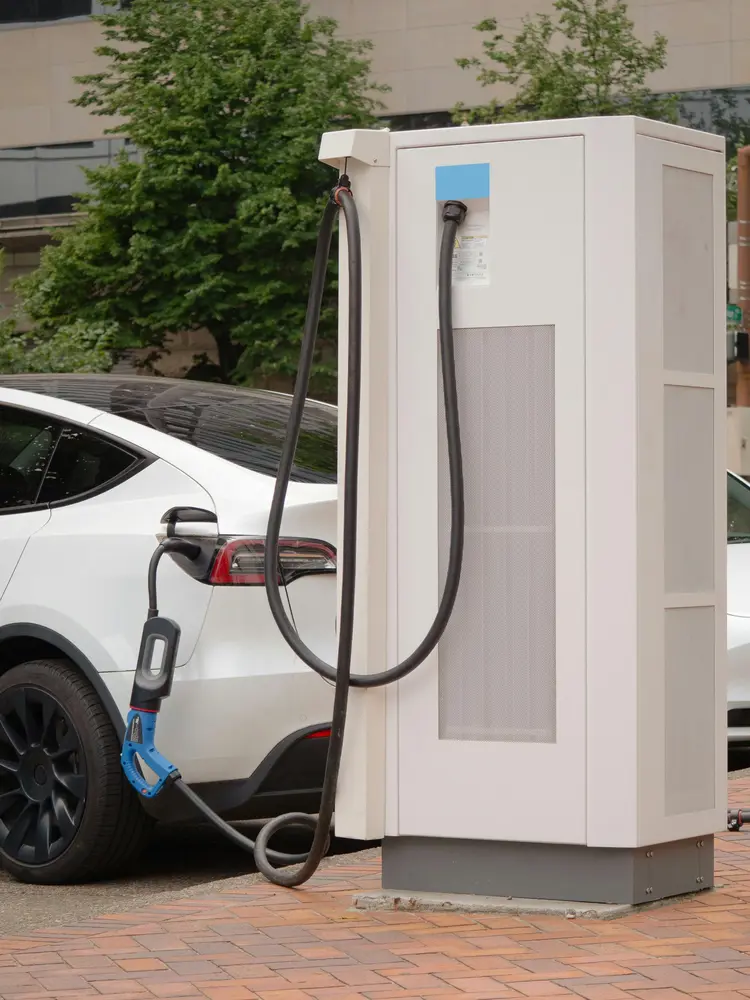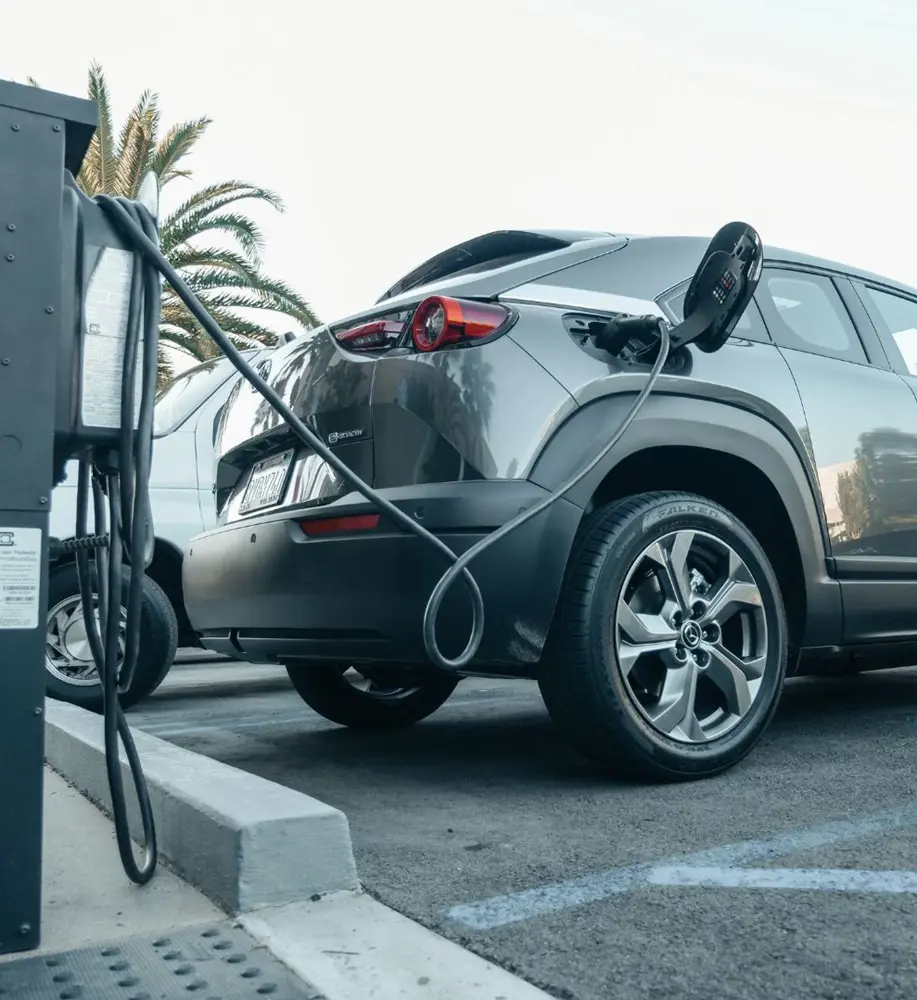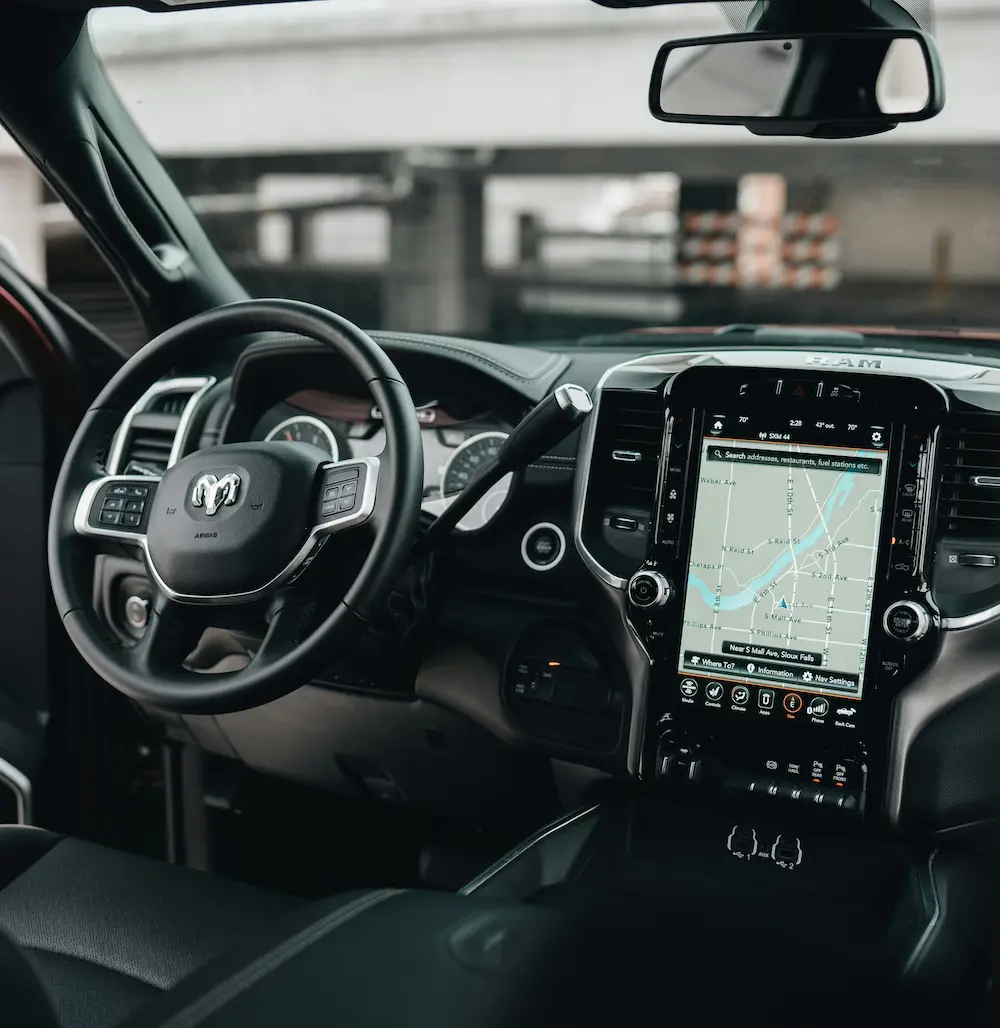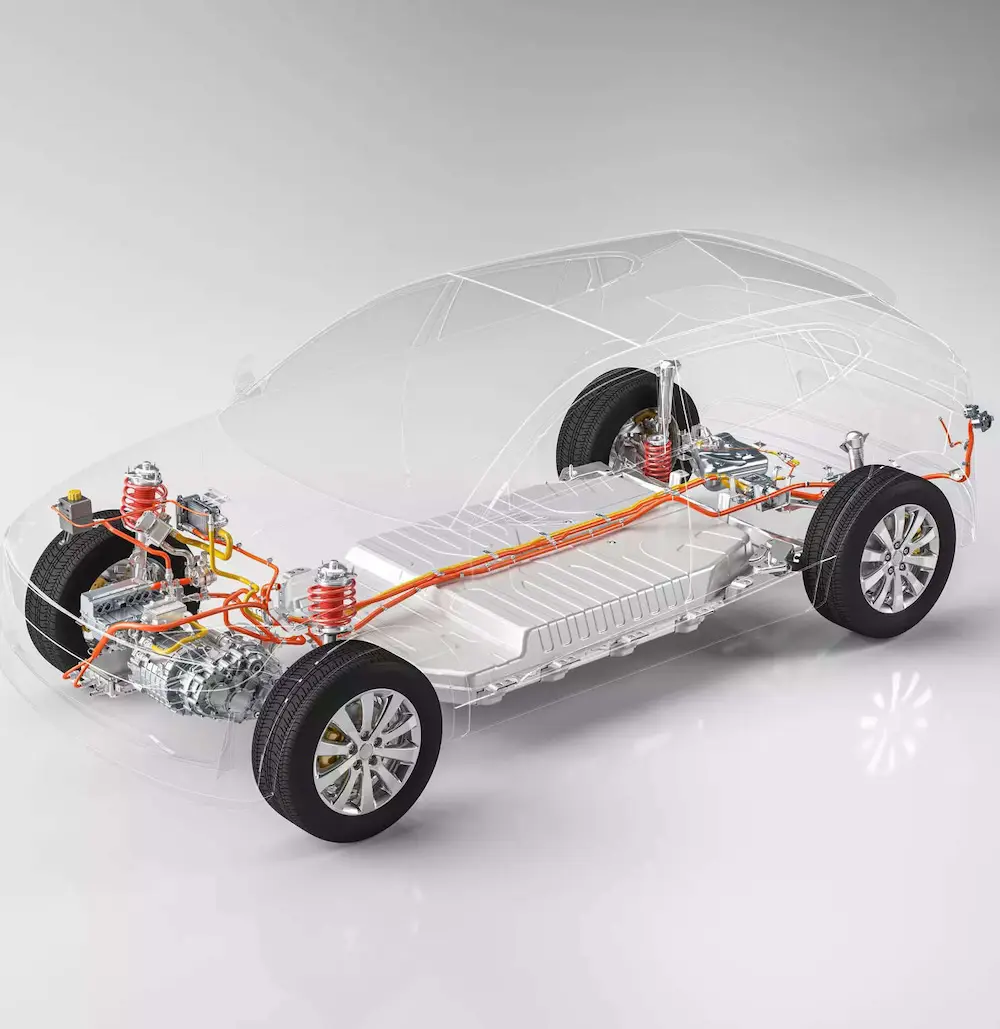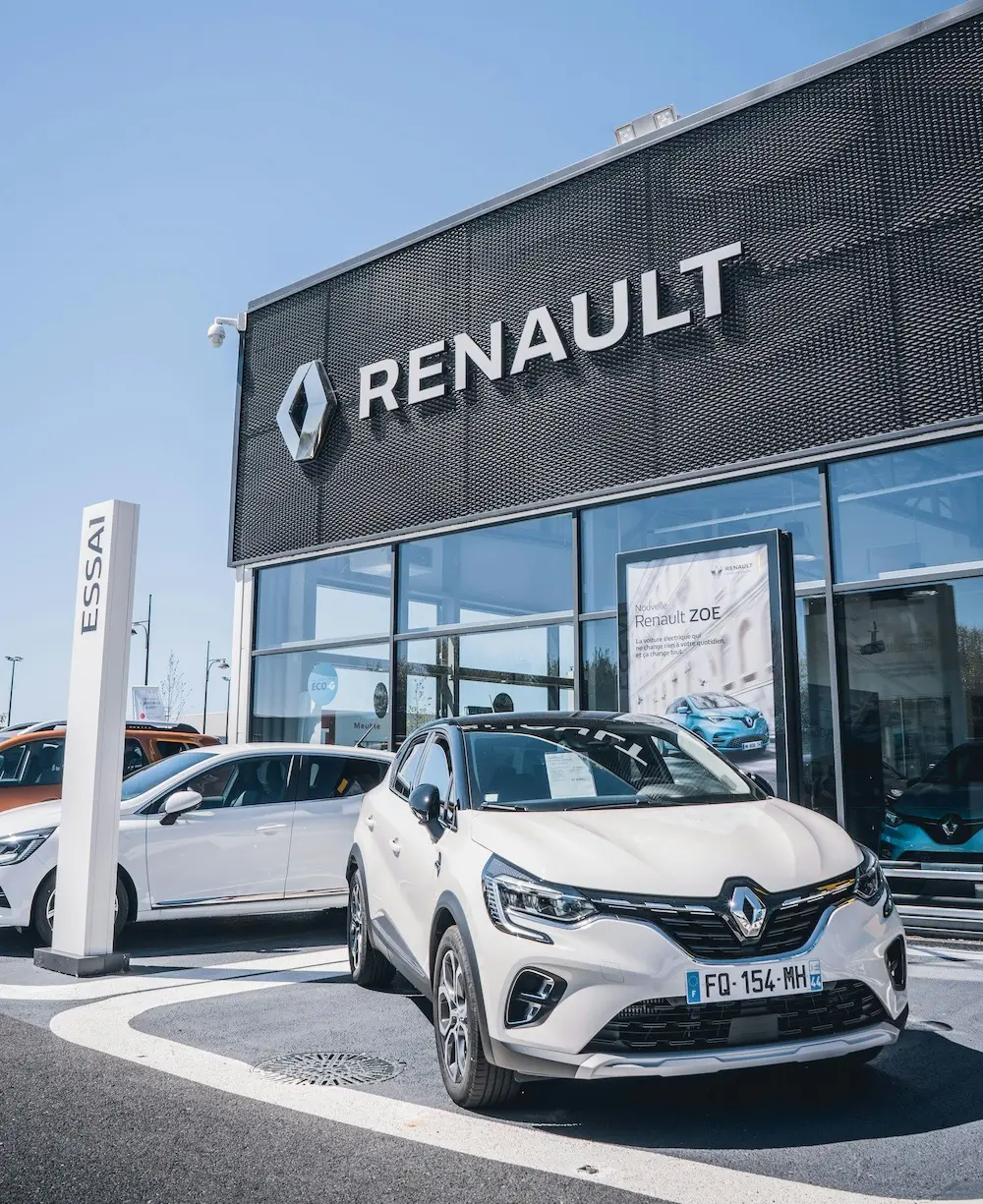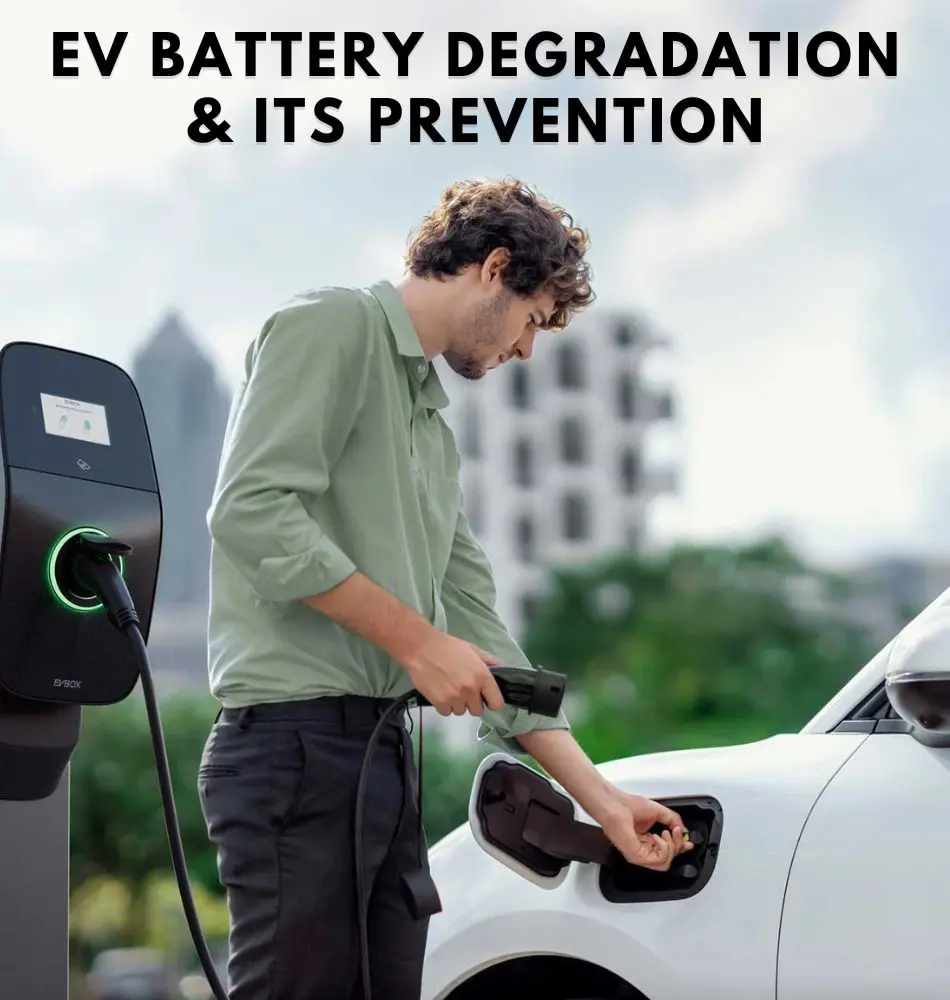For over a century, gasoline has been the primary fuel for automobiles, offering a simple and quick refueling process with options like regular, mid-grade, premium gasoline, or diesel.
On the other hand, Electric vehicle (EV) recharging, is a trickier and time-consuming process. This complexity arises from factors such as varying power acceptance capabilities among EVs, the use of different connector types, and the existence of different charging levels, each influencing the time required to charge an EV.
To help you focus on the essentials of charging your electric car at home, at work, and in public, we've created this thorough guide that breaks down and clarifies the various alternatives available.
Charging at Home
The most typical situation for charging your car is at home, often over night. Installing a dedicated chargepoint is the most economical and practical solution if you have access to a driveway or garage.
For those with off-street parking, here's what you should do:
- Install a 7.4 kW charging point on your wall.
- Open your car's charging flap to access the charging socket.
- Retrieve the plug from the charging point and insert it into the car's socket.
- Leave the plug in place until your car is adequately charged.
- Once charged, remove the plug from the car, return it to the charging point, close the car's flap, and you're ready to go.
Charging Locations
As discussed earlier, the optimal and most cost-effective location for EV charging is at home, particularly if you have off-street parking. Charging at home provides control over energy usage and cost savings. However, if you reside in a flat or a house without off-street parking, you'll need to identify alternative charging options.
For those without off-street parking, EV charging can be conducted at various public charging locations.
Street Charging Points: On certain streets, low-emission vehicle charging stations have already been put on lampposts and pavement.
Retail and Dining Locations: Supermarkets and dining establishments are providing charging stations for electric vehicles. Just plug it in, go shopping, eat, and take advantage of a fast recharge while you're there.
Common Destinations: Gyms, community centers, bed and breakfasts, movie theaters, retail malls, and other common places have electric car chargers. Charge your car while you go about your activities.
Long Trip Charging: During long journeys, you'll probably need to charge your vehicle along the way. Keep an eye out for public rapid chargers, capable of quickly replenishing your car's battery in approximately 20-50 minutes.
Levels of EV Charging
Charging an EV from empty can vary greatly, ranging from as little as 20 minutes to as long as 40 hours. Electric vehicle charging is categorized into three levels: Level 1, Level 2, and Level 3, the latter being further divided into DC Fast Charging and (Tesla) Supercharging.
Higher charging levels expedite the process by delivering more power. The duration depends on factors such as the size of the vehicle's battery and the location and timing of the charging session.
Understanding the three levels of EV charging is essential to grasp the charging process.
Level 1
Level 1 charging occurs when a driver plugs their car into a standard wall outlet, making it the most basic and slowest form of charging. Level 1 charging utilizes a standard 120-volt household outlet, making it accessible for every electric vehicle or plug-in hybrid. It is the slowest option and only adds approximately 3 to 5 miles of range per hour.
However, for individuals with low daily mileage and the ability to charge at home, Level 1 charging is convenient as it eliminates the need for installing an AC Level 2 charger.
Level 2
Level 2 charging operates on a 208-240 volt circuit, similar to those used for electric dryers.Level 2 chargers, faster than Level 1, typically take about 5-6 hours for a full charge instead of 20+ hours. They provide a range of 12 to 80 miles per hour, depending on the charger's power output and the vehicle's maximum charge rate.
Level 2 chargers are frequently found in locations where cars are parked for extended periods of time, including residences or businesses.
Level 3
Level 3 charging is the quickest, capable of replenishing an EV at a rate ranging from 3 to 20 miles of range per minute.
While Level 1 and Level 2 chargers convert AC power from the grid to recharge the battery, Level 3 or DC Fast Chargers perform this conversion internally, delivering DC power directly to the vehicle for a much faster and more powerful charge.
Connectors for EV Charging
Level 1 and Level 2 Connectors
The SAE J1772 EV plug is the most commonly utilized connector, compatible with all electric vehicles in the US and Canada, including Tesla models which come with an adapter. This connector is specifically designed for Level 1 and Level 2 charging.
Level 3 Conncectors
Electric car manufacturers mostly employ the SAE Combo (CCS) and CHAdeMO connectors for quick charging. It's important to understand that certain connectors are not compatible. An SAE Combo plug cannot be used to charge a car with a CHAdeMO port, and vice versa.
Furthermore, only Tesla charging stations, including Level 2 and Level 3 Supercharger stations, are compatible with the special connector used by Tesla vehicles.
Charging Cost
Demand, location, and charger type are some of the factors that affect how much it costs to charge an electric vehicle. The efficiency of an electric vehicle and the cost of power per kilowatt-hour determine its cost per mile. For example, the cost per mile is roughly $0.03 if a car uses 27 kWh to travel 100 miles.
Charging a 200-mile range EV with a fully depleted 54 kWh battery costs around $6 for a full charge. EV owners with a 240-volt outlet in their garage may choose to install a Level 2 charger for faster charging, costing approximately $2,000 for parts and installation.
DC charging stations, while enabling rapid charging, are costly to build and operate. They deliver high power levels, ranging from 50 to 350 kW, compared to 22 kW for AC stations. Typical costs vary from $0.60 per kWh with a $2 service fee to a flat rate of $0.99 per minute. This makes charging comparable to filling a tank with fossil fuels.
While convenient for long trips, DC fast charging is not an everyday solution for commuting.
Factors Influencing Charging Speed
Vehicle charging capacity
The charging capacity of an EV, varies between vehicles and can even differ based on the model. This capacity, shown for both AC and DC charging, significantly influences the charging duration.
Charging output of the charging station
Just as electric vehicles vary in their charging speed capacities, charging stations also have differing capacities.
The charging output of the charging station, typically measured in kilowatts (kW), directly impacts the speed at which an electric vehicle can charge. A higher kW output on a charging station enables faster charging, provided that your vehicle can handle the increased power output.
DC Charging Curve
AC charging maintains a relatively consistent power flow throughout the charging process, charging at a similar speed from 0-100 percent. EV batteries can withstand more power at lower charge levels, but decrease as they approach full capacity. This adjustment is necessary to prevent damage to the battery.
As a result, the first 80% of DC charging occurs far faster than the final 20%, which may take nearly the same amount of time.
External Temperature
Batteries operate most efficiently in temperate weather, typically between 20–25°C (68-77°F). The rate of charging decreases if the battery overheats; this is particularly true in high-temperature environments or after prolonged EV driving, when the battery's temperature is already high. Similar is the case in extremely cooler temperatures.


